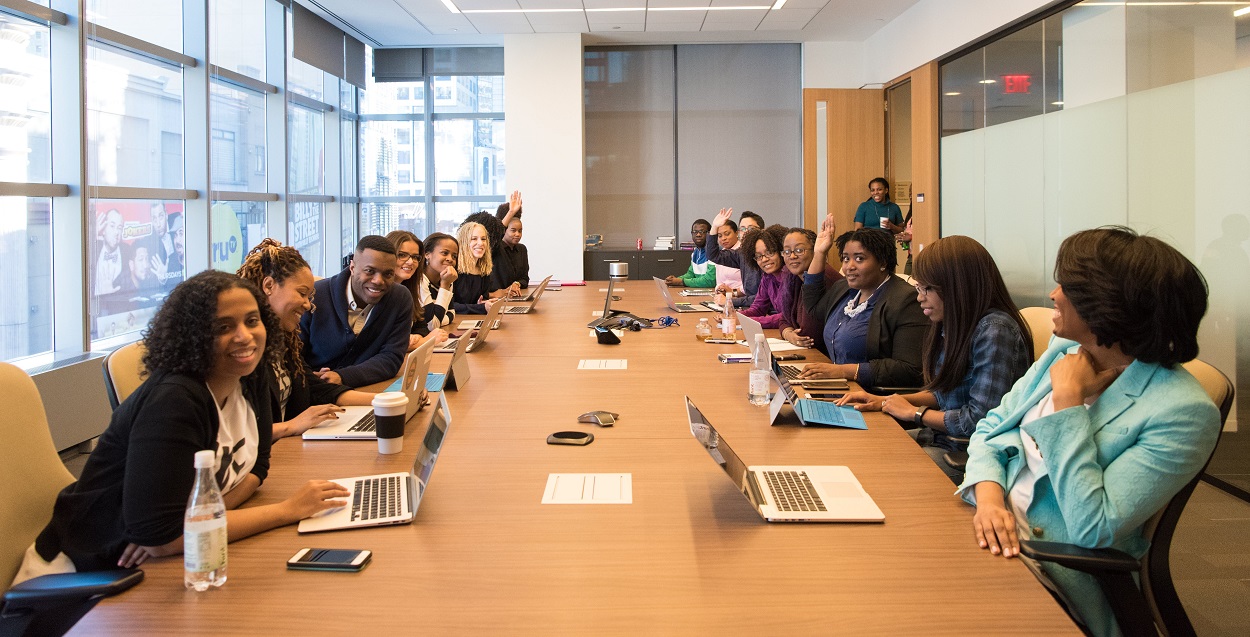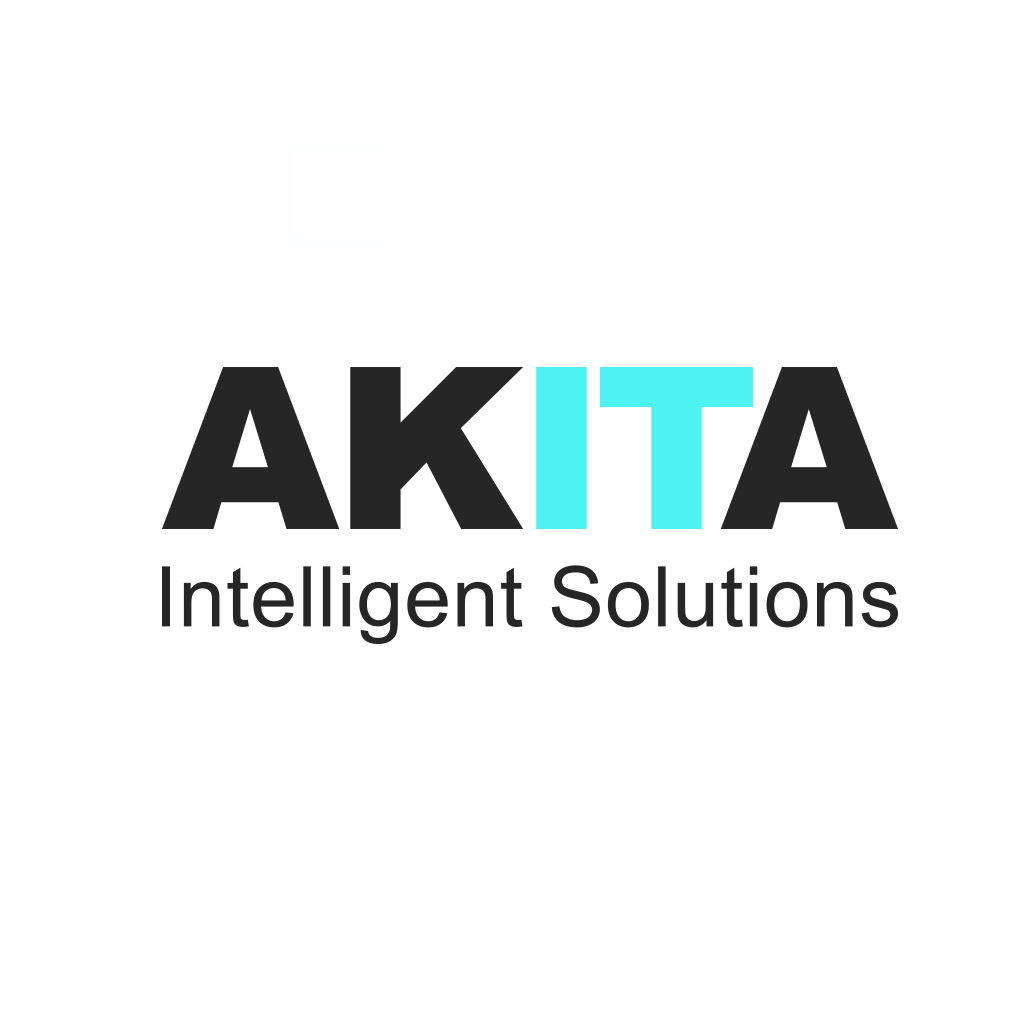SharePoint is more than a document management system—it’s the digital heart of employee engagement.
When paired with user-centred design, personalised content, and meaningful social features, SharePoint can transform internal communication, collaboration, and culture.
Creating a User‑Centred Experience
One of the most powerful yet underutilised engagement drivers in SharePoint is its design flexibility. A modern SharePoint intranet can be branded to reflect a company’s identity, making it feel like an extension of the organisation rather than a generic portal. More importantly, when designed with the user in mind, it becomes a space that employees want to use, not one they have to.
Thoughtful use of layout, intuitive navigation, and visual cues can dramatically enhance usability. Incorporating elements like collapsible sections, custom icons, and clear content hierarchies helps reduce friction and ensure users can quickly locate the information they need. The modern SharePoint interface also supports mobile responsiveness, which is vital for field-based staff or remote workers accessing information on the go.
Boosting Collaboration and Connection
True engagement stems from enabling people to do their jobs better—and together. SharePoint enhances collaboration through real-time co-authoring, version control, and seamless integration with Microsoft Teams. Project teams can collaborate on live documents, assign tasks, and monitor progress without needing to switch platforms.
Moreover, creating department- or project-specific hubs within SharePoint promotes cross-functional working. These hubs can house shared resources, threaded discussions, and embedded reporting—all of which contribute to smoother collaboration and a stronger sense of team ownership. When information is democratised, silos begin to break down.
Personalised Content for Relevance and Impact
Relevance is a key pillar of engagement. SharePoint’s audience targeting features allow organisations to tailor content by role, department or seniority, ensuring users are only presented with information that’s meaningful to them. A marketing executive and an operations manager shouldn’t see the same homepage—and with SharePoint, they don’t have to.
Beyond targeting, users can personalise their own experience. Dashboards can be configured to display department KPIs, upcoming meetings, or even frequently used tools. Features like quick links, news feeds, and document libraries can be adapted to reflect the user’s daily needs, making the intranet a more effective part of their working day.
Reinforcing Culture and Recognition
An often-overlooked use of SharePoint is its ability to reflect and reinforce a company’s culture. It can become a platform for celebration and recognition, featuring elements such as employee spotlights, milestone announcements, and “kudos” boards integrated into the homepage.
For example, internal news feeds can showcase individual or team achievements, welcoming peer recognition through likes and comments. Leaders can post short messages acknowledging successes, while HR teams might share stories that connect staff to wider company values. When used in this way, SharePoint becomes more than a tool—it becomes a channel for shared identity and morale-building.
Supporting Balanced Communication
Effective engagement depends on balanced, structured communication. SharePoint enables organisations to push out strategic messages from leadership while also surfacing grassroots insights from across departments. Creating news sections dedicated to different business units, geographies, or initiatives allows for a more localised and relatable flow of information.

This bottom-up communication style ensures employees don’t feel overwhelmed by irrelevant updates, while still staying connected to the bigger picture. Additionally, rotating highlights for events, wellbeing resources or internal initiatives can help bring visibility to the broader culture of the business.
Measuring and Evolving Engagement With Employee Feedback
Engagement is not a one-time deployment—it requires iteration. Fortunately, SharePoint’s built-in analytics offer insight into how employees interact with intranet content. Tracking metrics like page visits, document downloads, and internal search behaviour allows businesses to assess which areas are performing well and where refinements are needed.
If engagement with a critical knowledge base is low, it may signal a need for improved layout or clearer signposting. If usage spikes around certain types of content—such as video updates or department news—those formats can be expanded elsewhere. For organisations looking to maximise long-term ROI, SharePoint’s analytics are a powerful asset.
Supporting Employee Engagement With SharePoint
Employee engagement is a key driver of business success in modern business. And as organisations continue to realise that productivity comes from satisfied, interested employees, SharePoint is there to facilitate that engagement.
To get the most from SharePoint, organisations must view their intranet as a dynamic platform, not a static system. This means investing in the design, personalisation, and continual optimisation of the experience.
At Akita, we help organisations build, manage and evolve SharePoint environments that don’t just inform—but inspire and connect.
Find out more about our services:





